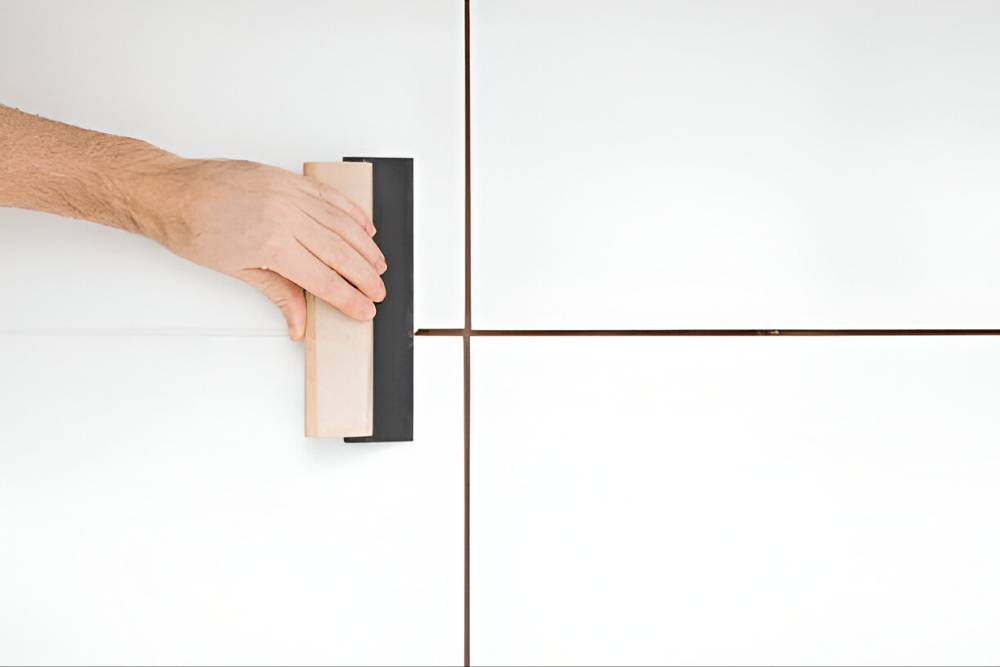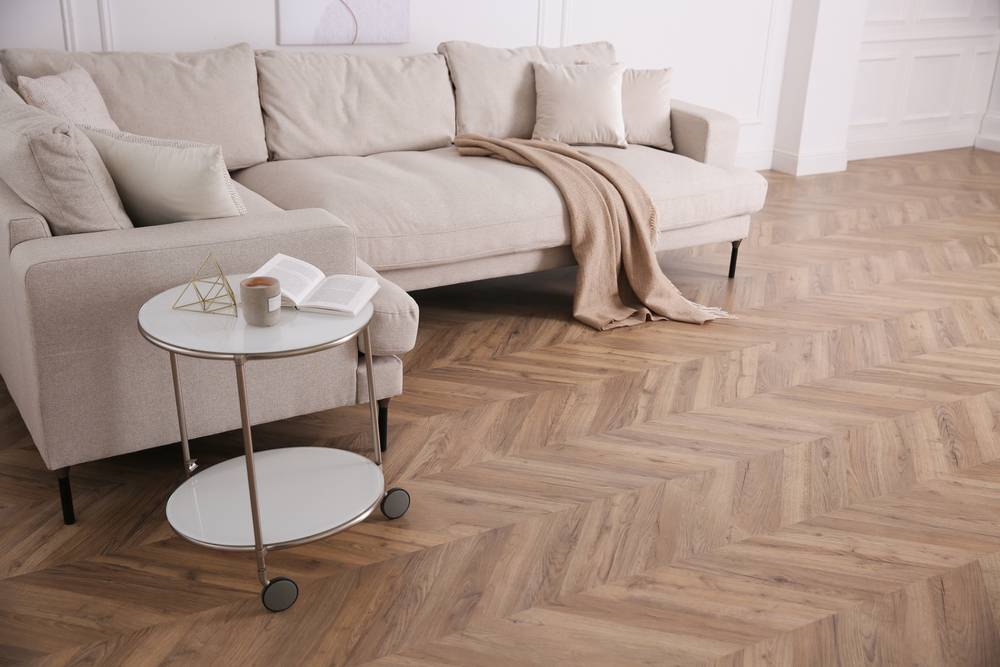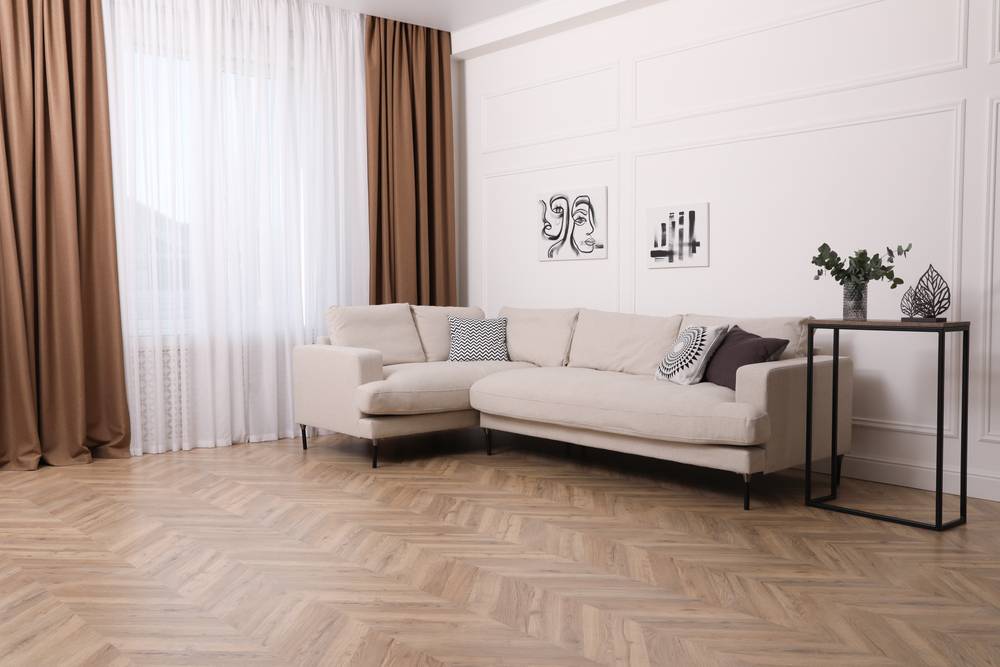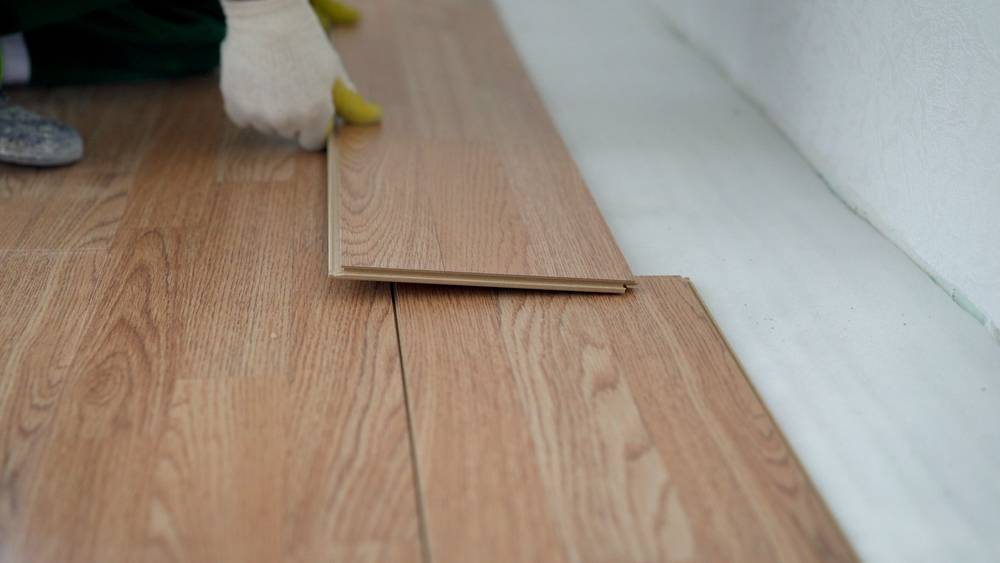Epoxy Grout in Singapore
Can I Put Epoxy Grout Over Old Grout?
Introduction:
When dealing with old, worn-out grout, homeowners often seek ways to rejuvenate their floors without completely removing the existing material. The question, “Can I put epoxy grout over old grout?” is a common one, and the answer is both yes and no, depending on the condition of the old grout and how the process is handled.
Epoxy grout is highly durable, stain-resistant, and long-lasting. It’s perfect for high-traffic areas and those prone to moisture, such as kitchens and bathrooms. However, before you take the leap into covering old grout with epoxy grout, there are crucial factors to consider, from the preparation process to the condition of the existing grout. In this article, we’ll explore the details of installing epoxy grout over old grout, ensuring you can make an informed decision.
What is Epoxy Grout?
Epoxy grout is a high-performance grout made from a combination of epoxy resins and a filler powder. This makes it much more durable and resistant to stains, chemicals, and moisture than traditional cement-based grout. In particular, epoxy grout is a popular choice in areas with heavy foot traffic or exposure to water, such as in bathrooms, kitchens, or commercial spaces.
The reason epoxy grout is so highly favored is its longevity. Unlike cement-based grout, which is porous and can easily absorb moisture and stains, epoxy grout forms a water-resistant barrier that makes it ideal for areas prone to spills and splashes. Additionally, it comes in a variety of colors, allowing homeowners and designers to match the aesthetic of the space.


Can Epoxy Grout Be Applied Over Old Grout?
The short answer is yes, but with some essential caveats. The existing grout must be structurally sound for epoxy grout to adhere properly. This means the old grout cannot be cracked, loose, or crumbling. If the old grout is in poor condition, it should be removed and replaced with new grout before considering an epoxy overlay.
If the old grout is in good condition but looks unsightly due to staining or discoloration, applying epoxy grout over it can be a viable solution. However, proper preparation of the existing grout lines is crucial to ensure that the new epoxy grout bonds well and provides the desired durability.
Steps to Apply Epoxy Grout Over Old Grout
For a successful epoxy grout application over old grout, certain steps must be followed diligently to ensure longevity and effectiveness. Here’s a detailed look at the process:
- Thorough Cleaning: Before applying epoxy grout, it’s important to thoroughly clean the existing grout lines. Dirt, grease, mold, and mildew can prevent the epoxy from adhering properly. Use a grout cleaner or a mixture of vinegar and baking soda to clean the surface, ensuring that all stains and contaminants are removed.
- Assess the Condition of the Grout: Once the grout lines are clean, inspect the old grout for any signs of damage. Cracked or crumbling grout will need to be removed. If the grout is mostly intact but has some minor cracks, these can be filled with a thin layer of new grout before applying the epoxy.
- Scrape Down the Old Grout: For the best results, it’s recommended to scrape down the old grout slightly using a grout saw or rotary tool. This roughens the surface and provides better adhesion for the epoxy grout. Removing around 1/8 inch of the old grout is usually sufficient.
- Mixing the Epoxy Grout: Epoxy grout comes in two parts – resin and hardener. These must be mixed thoroughly according to the manufacturer’s instructions to activate the bonding properties. Make sure to wear gloves during this process, as epoxy can be difficult to remove from the skin.
- Application of Epoxy Grout: Using a rubber float, press the epoxy grout into the cleaned and scraped grout lines. Work it in at a 45-degree angle, ensuring that all gaps are filled completely. Wipe off any excess grout with a damp sponge as you go, as epoxy grout is harder to remove once it cures.
- Final Cleaning: After applying the grout, use a clean, damp sponge to wipe away any residue from the surface of the tiles. Epoxy grout tends to leave a sticky residue, so it’s important to clean the surface multiple times before the grout cures.

Benefits of Using Epoxy Grout Over Old Grout
Using epoxy grout over old grout offers several benefits, especially if the goal is to enhance the durability and appearance of the floor without removing all the existing grout. Here are a few advantages:
- Improved Durability: Epoxy grout is stronger and more resilient than traditional grout, making it ideal for high-traffic areas. It can withstand wear and tear much better than cement-based grout.
- Stain Resistance: One of the biggest benefits of epoxy grout is its resistance to stains. This makes it an excellent choice for kitchens, bathrooms, and other areas prone to spills and moisture.
- Waterproof Properties: Epoxy grout forms a waterproof barrier, which helps prevent mold and mildew growth in wet areas like bathrooms. It’s particularly useful in shower stalls and around sinks.
- Aesthetic Appeal: Epoxy grout is available in a wide range of colors, allowing you to match it with your décor. Its sleek finish can enhance the look of both tile and stone surfaces.

Case Study: Epoxy Grout in Singapore Renovations
A case study in Singapore illustrates the use of epoxy grout in home renovations. In this project, the homeowner wanted to revitalize the old bathroom tiles without replacing them entirely. The existing grout was discolored but still structurally sound. After a thorough cleaning and preparation, epoxy grout was applied over the old grout. The result was a refreshed, modern-looking bathroom with grout lines that were stain-resistant and waterproof, significantly improving the room’s longevity and cleanliness.
In another case, a commercial space in Singapore’s central business district opted for epoxy grout to improve the durability of their office pantry tiles. The area was prone to heavy foot traffic, and traditional grout was quickly deteriorating. By overlaying epoxy grout, the company was able to extend the lifespan of their flooring while also maintaining a clean and professional appearance.

Common Concerns About Using Epoxy Grout Over Old Grout
- Bonding Issues: Epoxy grout may not bond well with old grout if the preparation is insufficient. Skipping steps like thorough cleaning or failing to scrape down the old grout can lead to poor adhesion.
- Complex Application: Applying epoxy grout can be more challenging than traditional grout due to its sticky texture and fast curing time. If not applied correctly, it may result in uneven surfaces or an unsatisfactory finish.
- Cost: Epoxy grout is generally more expensive than traditional grout, both in terms of material and labor costs. However, its durability and long-lasting nature often make it a worthwhile investment in the long run.

Conclusion: Is Epoxy Grout the Right Solution for Your Floor?
In summary, the question “Can I put epoxy grout over old grout?” can be answered affirmatively, provided that the old grout is in good condition and proper preparation steps are followed. Epoxy grout can offer a refreshed look, improved durability, and resistance to stains and water, making it an excellent choice for bathrooms, kitchens, and other high-traffic areas.
If you are considering a flooring upgrade, epoxy grout over old grout might be the cost-effective solution you’re looking for, especially if the existing grout is still structurally sound. By following the recommended steps and ensuring thorough preparation, you can achieve a durable, aesthetic flooring finish that will last for years to come.
For more information on vinyl flooring, epoxy grout solutions, and professional flooring services, visit Dream Vinyl Flooring today. Discover our range of flooring solutions that can transform your space into something beautiful and durable. Learn more about our services by visiting our Vinyl Flooring page.




















